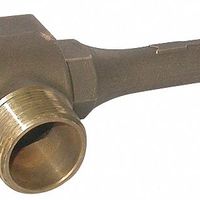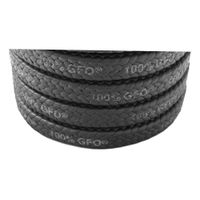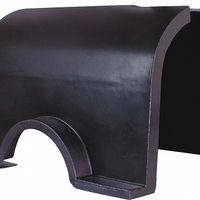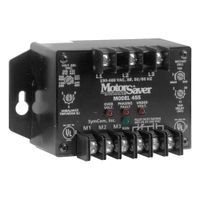Compression seals are devices used to create a tight seal between two surfaces or components, preventing the passage of fluids, gases, or other substances. They are commonly used in various industries, including automotive, aerospace, construction, and plumbing, to ensure leak-proof connections and maintain system integrity.
The working principle of compression seals involves the application of pressure to compress a sealing material between two surfaces. This compression causes the material to deform and fill any gaps or irregularities, creating a barrier that prevents leakage. The effectiveness of a compression seal depends on the material's properties, the amount of compression applied, and the surface finish of the components being sealed.
Compression seals are typically made from elastomeric materials such as rubber, silicone, or neoprene, which are chosen for their flexibility, resilience, and resistance to environmental factors like temperature, chemicals, and UV radiation. These materials can accommodate surface irregularities and maintain their sealing properties over a range of conditions.
There are various types of compression seals, including O-rings, gaskets, and lip seals, each designed for specific applications and requirements. O-rings are circular seals used in static and dynamic applications, while gaskets are flat seals used between flanges or mating surfaces. Lip seals, on the other hand, are used in rotating applications to prevent fluid leakage along a shaft.
Proper installation and maintenance are crucial for the performance of compression seals. Over-compression can lead to material degradation, while under-compression may result in inadequate sealing. Regular inspection and replacement of worn or damaged seals are necessary to ensure continued effectiveness and prevent system failures.



